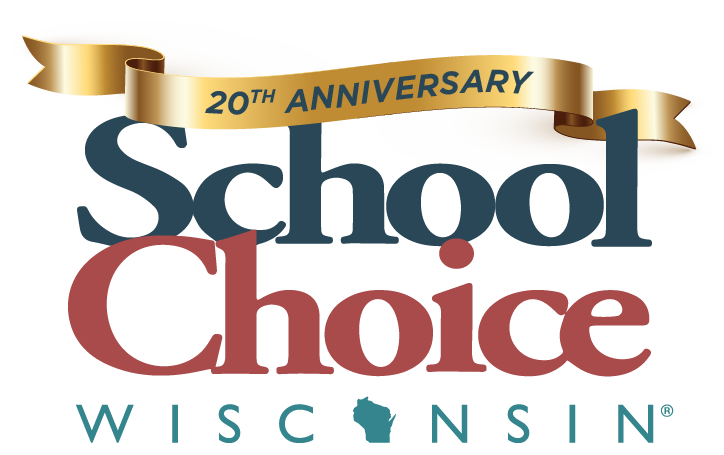Research
Research
Wisconsin is a Pioneer in Education Reform
The Milwaukee Parental Choice Program, enacted in 1990, was the nation’s first to allow low-income parents to choose private schools. Its 1995 expansion allowed parents to choose religious schools. Today, Wisconsin has four private school choice programs, a charter program, and an open enrollment program allowing transfers to non-resident districts.
Positive results bear out the value of parental freedom. Those results come even though each program faces limits that constrain a true test of the power of giving parents control of their children’s education.
- 43% Milwaukee students who now use options previously unavailable
Peer-reviewed research shows that participating Milwaukee students are more likely to graduate from high school, more likely to seek post-secondary education, and less likely to commit crime. - 17% Wisconsin students who now use options previously unavailable
During the last decade, the number of programs has quadrupled, the number of participating schools has tripled and the number of students has doubled. - 97% Better test results
On state tests of academic proficiency, there are 30 ways to compare public and voucher students. The most recent results show that voucher students outperformed low-income public school students on 29 of 30 measures.
More Research
- Serving All: Students with Disabilities in Wisconsin’s Parental Choice Programs
- The Cost-Effectiveness of Wisconsin’s Private School Choice Programs
- A Wise Investment: The Productivity of Public and Private Schools of Choice in Wisconsin
- Private School Choice and Character: More Evidence From Milwaukee
- Find even more research with our Latest Research
Three Decades of Progress
- Thanks to historic gains beginning in the 1990s, 43% of Milwaukee students use options previously unavailable.
- During the last decade, the number of choice programs in Wisconsin has quadrupled, the number of participating schools has tripled, and the number of students has doubled.
- Peer-reviewed research shows that participating Milwaukee students are more likely to graduate from high school, more likely to seek post-secondary education, in safer schools, and less likely to commit crime.
- On state tests of academic proficiency, there are 30 ways to compare public and voucher students. The most recent results show that voucher students outperformed low-income public school students on 29 of 30 measures. More notably, they outperformed all public students on 24 of 30 measures.
What Lies Ahead
Challenges remain. Limits on eligibility, inequitable funding, and heavy-handed regulation are barriers to better results. Special interests continue to back elected officials who seek to scuttle or hamstring the programs.
Significant opportunities more than offset these challenges. The pandemic has awakened Wisconsin parents to the value of educational freedom. The prospect of a more favorable political climate opens doors to real progress in the years ahead.
School Choice Wisconsin is ready to work with allies to seize the day.
 Skip to content
Skip to content